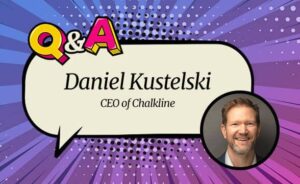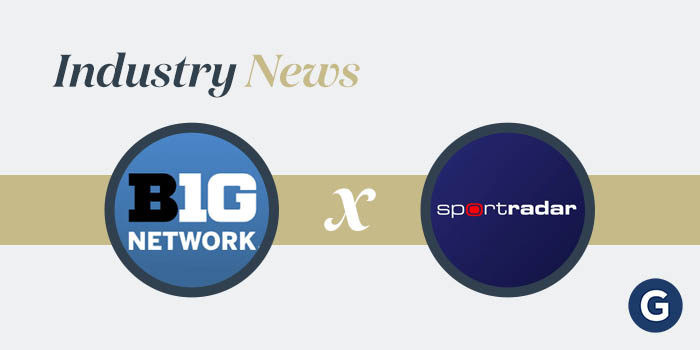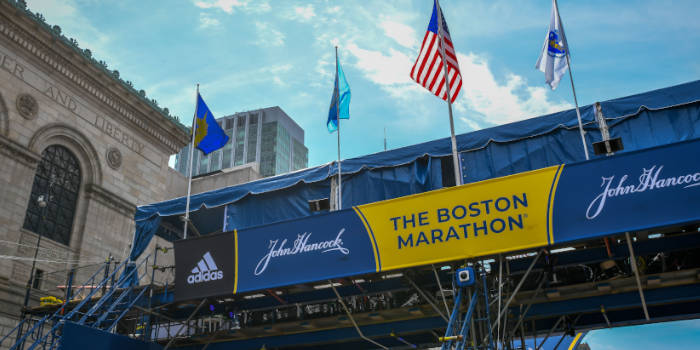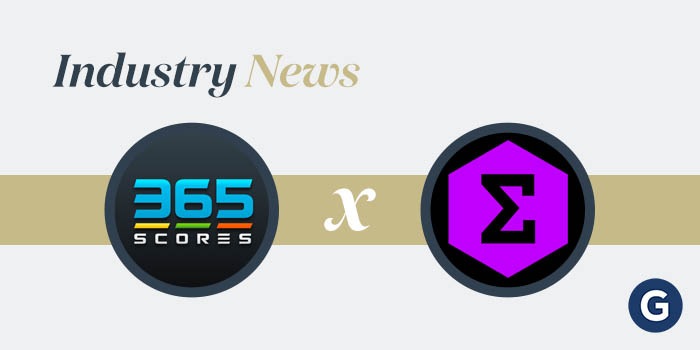Chalkline’s Daniel Kustelski: US Operators Need to Engage, Educate and Acclimate Players”
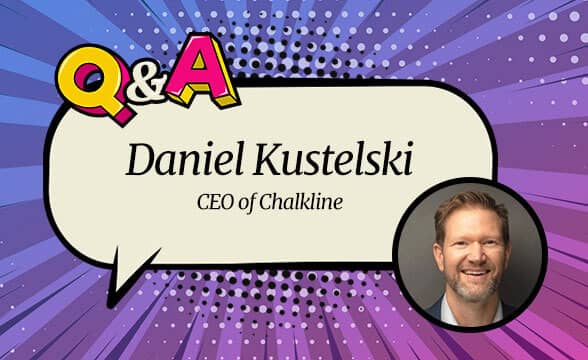
US sportsbook operators are spending big as part of efforts to acquire players and leverage the first-mover advantage in the early days of the market.
But spending big does not always translate into strong ROI, and there are plenty of opportunities for savvy operators to claim a substantial share of an affordable cost.
Acquisition is just one piece of the puzzle, and operators must ensure they retain players if they are to extract the highest customer lifetime value from each.
Now is the time for operators to ramp up acquisition and retention strategies; the football season is the biggest opportunity to drive new players at scale.
It is an opportunity not to be missed, so to learn more about how operators can better acquire customers over the coming months, we spoke to Daniel Kustelski, VP of US Business Development at Chalkline.
Q: What are the main customer acquisition trends we are seeing in the early days of the US market? What is and is not working?
A: The most apparent trend, on the big-budget side of things, you see relentless national and local advertising. Whether or not that’s working, time will tell. There’s a long-term ROI calculus there that only some operators can wait for.
In the meantime, savvy local operators are aggressively working their owned, earned, and paid marketing channels with good results and a shorter-term time horizon.
Q: Customer acquisition costs are reportedly hitting $1,000. What is driving such high CPAs, and do you think they will settle down anytime soon?
A: Some companies are paying that number for new customers, and some are certainly not.
As more operators enter the market and demand exceeds supply, CACs are high. The question for operators is: “How can I acquire customers at a rate that’s less than the customer lifetime value and ensure a margin?” Meanwhile, good affiliates are becoming increasingly valued as competition tightens.
Will competition settle down? Yes, but not for 3-5 years.
Q: What do you see when it comes to retention? Are customers fairly sticky, or is churn high?
A: We’re seeing a wide churn range across operators. Honestly, the market is so new in most states that it’s not fair to characterize each operator in each market as a high or low churn operator at this point.
Q: What can and should operators be doing to lower CPAs and drive retention?
A: Differentiate. Find a lane that you can specialize in and excel in and really develop a relationship with specific segments of players.
Can every operator be the best in pro football, college football, or baseball? Can every operator have popular influencers in basketball, soccer, or hockey? It’s unlikely.
The operators that focus on their core product AND add specific focus to certain sports or betting segments like in-play will be the ones that lower CPAs and drive retention.
Q: Are operators making the most of their retail assets when it comes to driving players online? What more can they be doing?
A: Many operators are starting to dig into their retail opportunities and building marketing programs that are truly retail plus online.
For most operators, that means thinking hard about their current loyalty database and really doing the hard work to convert their existing customers — many of which are active, some of which are dormant — and clearly articulating their plans for sports betting.
If you live in a soon-to-be-regulated state, this can be a challenge. That said, we’re seeing many operators engaging their players online, which feels positive in the context of the past 18 months.
Freeplay games are playing a key role in this, allowing operators to engage, educate and acclimate players ahead of legislation passing.
Q: Major sports events present a huge opportunity for operators to acquire players. Any suggestions for how they can ensure they are heard above the noise of their rivals?
A: Major sports events are the biggest opportunity for operators to acquire players. Look at any sportsbook or ADW: big events drive first-time depositing customers.
But even if customers aren’t ready to bet, tools like freeplay offer an opportunity to start a conversation with future customers, especially while the market is so new.
This is something that Twin Spires has done for the past three years with its $1million Kentucky Derby Free Play Challenge.
Players were required to answer 15 questions such as which horse will win as well as predict the winning time, winning margin, and the difference in lengths from first to final place to be in with the chance of winning the top prize.
Q: Acquisition is one thing, but how can operators retain these customers once the major event has passed?
A: Retention comes down to three core components:
- Product: did the customer have a great experience?
- Service: did the tools and support resolve any issues the player had in a timely manner?
- Marketing: did you remind the player why both of the above were great?
Nailing all three components is easier said than done, but those that get it right will be able to drive player loyalty in the long term.
Q: What can we expect from the US market as we move into the second half of the year?
A: The second half of the US sports betting market is about football. We work with our clients to proactively prepare for football since it’s the single biggest opportunity of the year.
More football, more states are regulating, more opportunities to engage customers, and build loyalty programs. We’re cautiously optimistic about the second half of the year– there are good things ahead.
Stoyan holds over 8 years of esports and gambling writing experience under his belt and is specifically knowledgeable about developments within the online scene. He is a great asset to the GamblingNews.com team with his niche expertise and continual focus on providing our readers with articles that have a unique spin which differentiates us from the rest.

